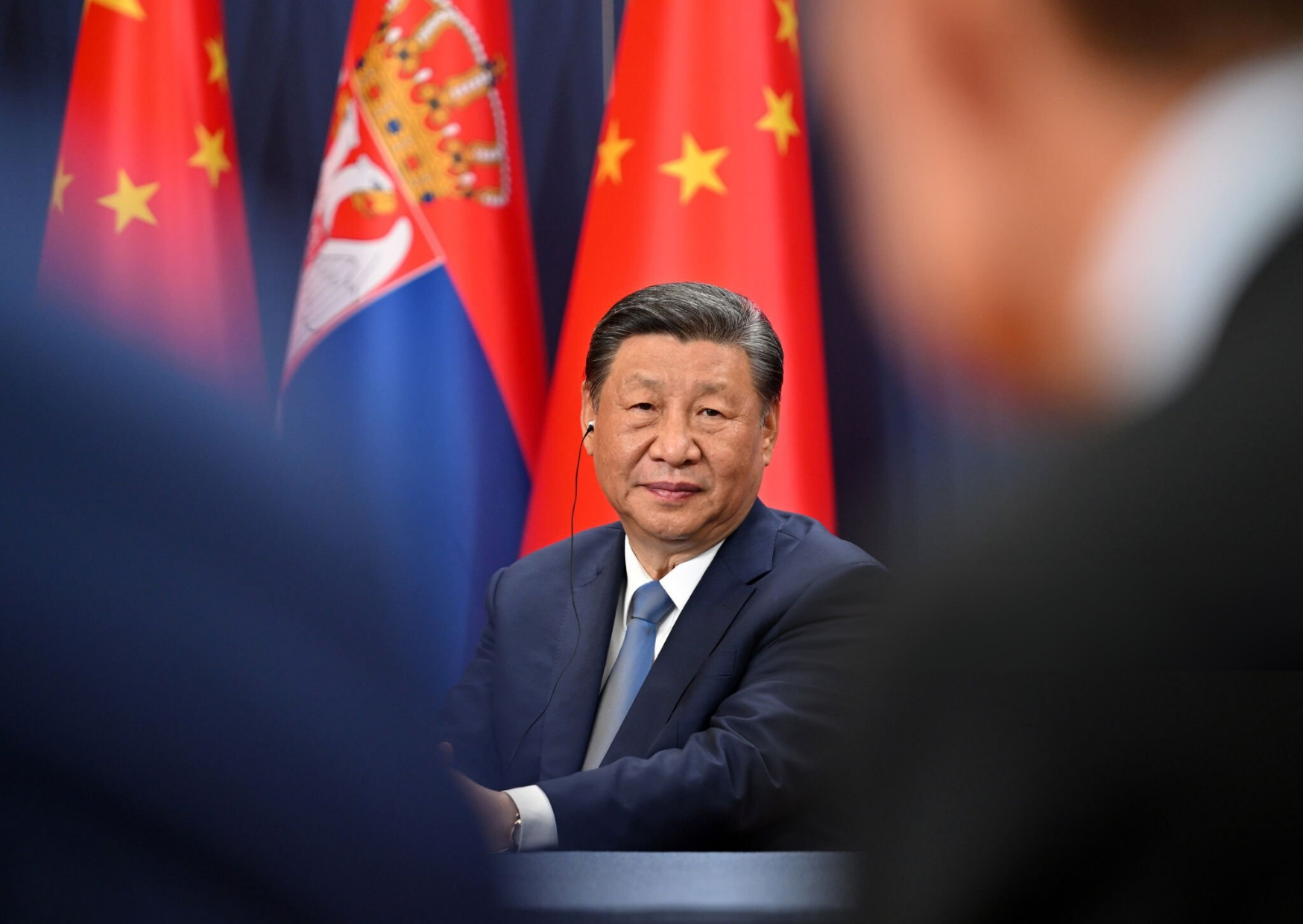









China navigates industrial growth with environmental stewardship under Xi Jinping’s leadership, aiming for carbon neutrality by 2060 amid global climate challenges.
JUNE 30, 2024

China holds the largest share of global greenhouse gas (GHG) emissions, with air pollution alone causing approximately 2 million deaths per year according to the World Health Organization’s 2016 estimates. Nonetheless, there has been progress; the number of deaths caused by air pollution declined by 59,000 in 2019 compared to 2013. Under the leadership of President Xi Jinping, China is positioning itself as a global leader in climate action, actively engaging in international climate change debates. Given China’s significant role in GHG emissions and the escalating levels of climate change, it is crucial to understand the drivers and consequences of its environmental policies.
Industrialization has been central to reducing poverty in China, transforming it into the “workshop of the world.” According to the World Bank’s 2022 estimates, China has lifted 800 million people above the poverty line over the past 40 years. However, this rapid development has negative externalities faced by citizens’ health, environmental well-being, and sustainable development. Urban centers in China, particularly Beijing, suffer from severe air pollution, with Beijing being labeled the “smog capital” of the world in 2005. High levels of air pollution frequently disrupt daily life, leading to the closure of schools and offices in China.
China’s active stance against global climate change is relatively recent. In the past, China was reluctant to make international commitments due to economic and fairness concerns. Chinese diplomats argued against bearing the burden of climate change, emphasizing that developed countries had transitioned to post-industrial economies through an era of industrialization. For instance, the US has a per capita carbon footprint of 17.72 tons, nearly double China’s 8.58 tons as of 2019. Chinese officials maintained countries that have been beneficiaries of industrialization should not impose stringent environmental policies on developing nations.
China aspires to achieve carbon neutrality by 2060 and is a signatory of various international climate agreements. China signed the Kyoto Protocol in 1998 and ratified it in 2002, committing to reduce four main GHGs, including carbon dioxide, to at least 5% below 1990 levels by 2012. Although the Kyoto Protocol had limited global success, China continued to push forward. Before COP 2026, China pledged to address climate change under the Paris Agreement by submitting its Long-Term Climate Strategy (LTS), aiming to limit global temperature rise to below 2°C by the end of the century. China is on track to cut carbon emissions by 60% to 65% by the 2030s, with some researchers suggesting it is ahead of schedule.
China’s climate policies have significant global implications due to its large share of GHG emissions. Xi Jinping’s focus on green transition could substantially reduce global emissions. China holds 39% of the world’s wind energy capacity and 36% of its solar capacity, highlighting its commitment to a cleaner future. Additionally, China has 10 of the world’s 16 million new energy vehicles, showcasing its efforts to promote sustainable transportation. The country also aims to plant and conserve 70 billion trees by 2030 as part of a global tree movement.
One of China’s efforts toward multilateral climate policies includes the creation of the South-South Cooperation Fund in 2015, pledging $3.1 billion to support developing countries, especially the least developed countries, landlocked developing countries, and small island states. In 2023, China entered the “greenest” year in its Belt and Road Initiative (BRI), which has already surpassed $1 trillion. China’s increasing focus on greener policies will benefit BRI states by promoting sustainable development. Approximately 56% of China’s $8.61 billion energy investment in BRI projects went towards renewable energy projects like solar, wind, and hydropower, reflecting its growing emphasis on climate change.
While China recognizes the need for increased funding for green energy, achieving carbon neutrality remains a distant goal. Instead of drastic reductions in carbon emissions, China adopts a gradual approach. However, it still accounts for over 25% of total global emissions. At this pivotal moment in history, China has the opportunity to demonstrate whether sustainability can coexist with development.
China’s environmental policies and green energy initiatives are crucial for the country and the world. As the largest emitter of GHGs, China’s transition to green energy under Xi Jinping could set a precedent for other nations. China is making significant decisions by investing in renewable energy, supporting international climate agreements, and promoting sustainable development through initiatives like the BRI. However, the journey to carbon neutrality is long, and the world will be watching to see if China can balance its economic growth with its environmental responsibilities.
A curated seletion of FA’s must-read stories.
Written By: SeungHawn Kim
Written By: RIZWAN RAFI TOGOO
Written By: MARCO MENDEZ
Written By: KRISHNA ACHNAF HERINDRA
Written By: BILLY AGWANDA
Written By: SURUTHI LENIN
Written By: BERK TUTTUP
Written By: ALEXANDER BERGH

Maria Rehman is a Master of Public Policy candidate and a Research Assistant at Frank Batten School of Leadership and Public Policy, University of Virginia.
Written By: BATUHAN GUNES
Written By: KRISTIN HYNES
Written By: ERIC SONG
Written By: ALEXANDER BERGH
Written By: KATE-REID SMITH
Written By: JOSEF SCHOEFL
Written By: PATRIC MCFARLAND
Written By: FATIH CEYLAN
FA’s flagship evening newsletter guilding you through the most important world streis ofthe day. Delivered weekdays.
